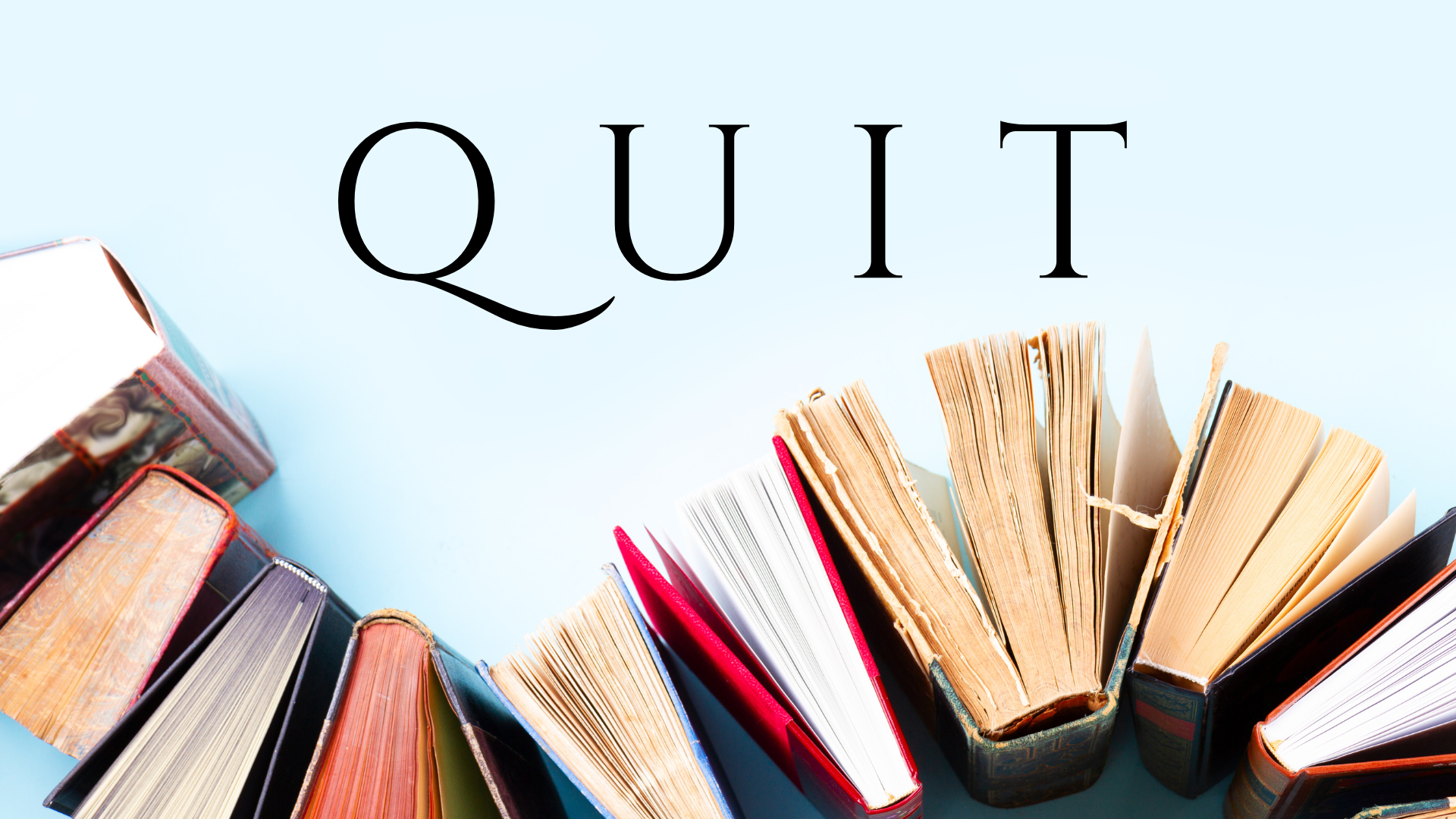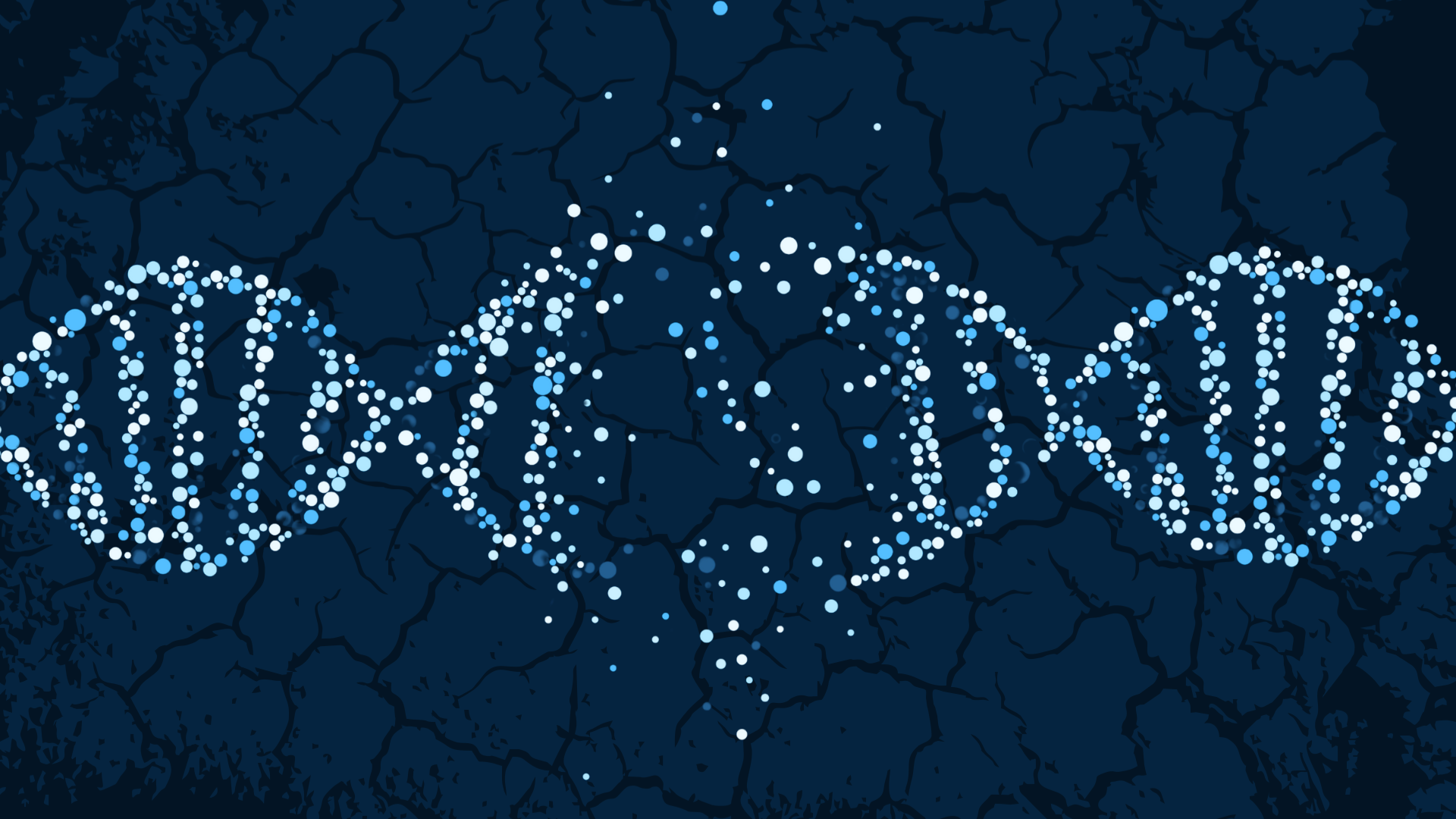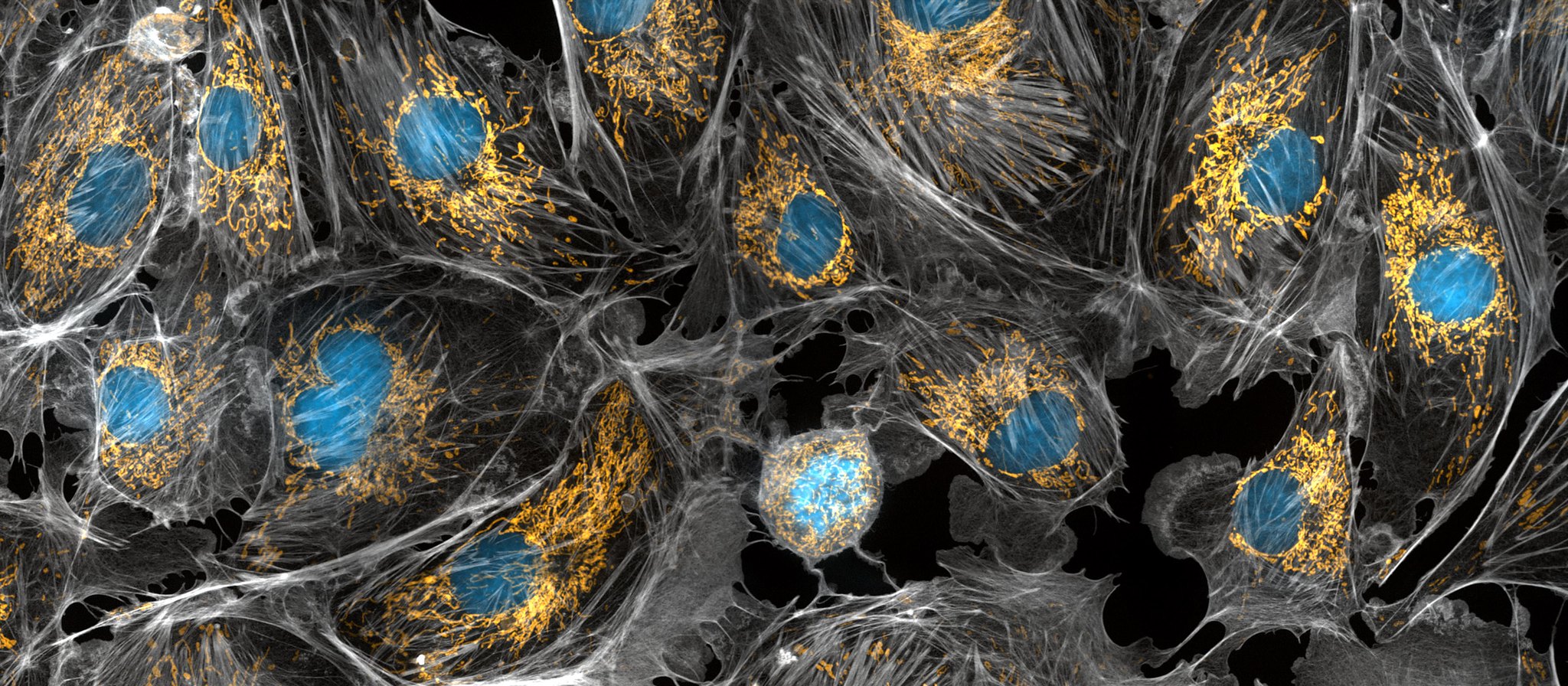Profile
If you stand in a forest you can easily differentiate a Norway spruce from a Scots pine tree but, just like humans, not all trees in a species look alike. Understanding why this variation exists can be challenging, as can finding how those differences are caused by variation in the DNA sequence. Nathaniel’s group study how variation in genomes among individuals and between species give rise to this variation. The group focuses on forest trees that are both ecologically essential and economically important in Scandinavia: Norway spruce, Scots pine and aspen. They develop genomic resources for these species, including genome assemblies, and make extensive use of DNA sequencing technologies to study genome structure (the shape of DNA within the cell and how this changes) and gene expression. Nathaniel likes to link the work of the group to trees in the forest so most experimental samples are collected from nature. More recently the group has also started to use RNA sequencing to measure gene expression in both trees and the complex communities of fungal species associated with the trees to explore how both parts of the ecosystem are connected, interact and respond to environmental change. The research approaches used in the group take a holistic approach, studying whole genome or all expressed genes and extracting signal from these large-scale datasets. As this signal is often weak and affected by noise they are interested in applying methods such as machine learning to isolate meaningful patterns from the data linking variation among individuals or between species to changes in genome sequence, gene expression or, for example, changes in species present in microbial communities. The group also develop web resources to let others explore the data they produce, including the Plant Genome Integrative Explorer site (http://plantgenie.org).
Nathaniel did his PhD at the University of Southampton (UK) identifying how variation in the genome and gene expression of poplar trees is linked to differences in their growth rate and responses to abiotic stresses. After a short time working as a research fellow for the UK Energy Research Centre on projects to improve biomass yield of poplar and use biomass for energy production he moved to Sweden. He did a postdoc at the Umeå Plant Science Centre (UPSC) working on leaf shape variation and gene expression in aspen before moving to the Ecology department for a postdoc working on population genomics in aspen. He then moved back to UPSC as an assistant professor and remains there now as an associated professor. Outside of work you will find him running, biking or skiing in forests or mountains.
Current projects:
- Genome assembly of Norway spruce and Scots pine. These two conifer species have genomes of 20 Gbp with most of the genome composed of repetitive DNA element and where gene represent a tiny part of the genome. The repetitive DNA was previous termed junk DNA, but our understanding of this is changing. We are interested to learn how these huge genomes function.
- Identifying genes involved in specialised metabolite production in aspen. Aspen trees produce large amounts of specialised phenolic glycosides (SPGs), which as secondary metabolites important in defence against herbivores. The biochemical pathway producing SPGs is only partly known. We are using natural variation among aspens to identify new genes in the pathway and verifying these using genome editing methods such as CRISPR-Cas9.
- Metatranscriptomics in conifer forests. We are using RNA Sequencing to measure gene expression in Norway spruce and Scots pine roots and the fungal species associated with roots. These fungi provide nutrients to the trees in exchange for carbon. We are using RNA-Seq to gain functional insight into how this exchange is controlled and how it changes in response to environmental factors such as nitrogen fertilisaiton.
Current Projects
The Latest Posts
This Icelabber hasn’t posted yet, but read these while you wait for the first post.







